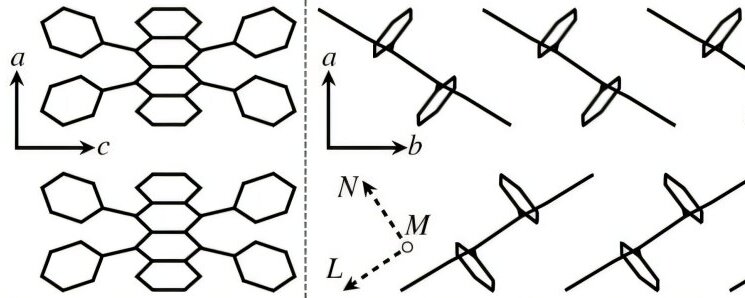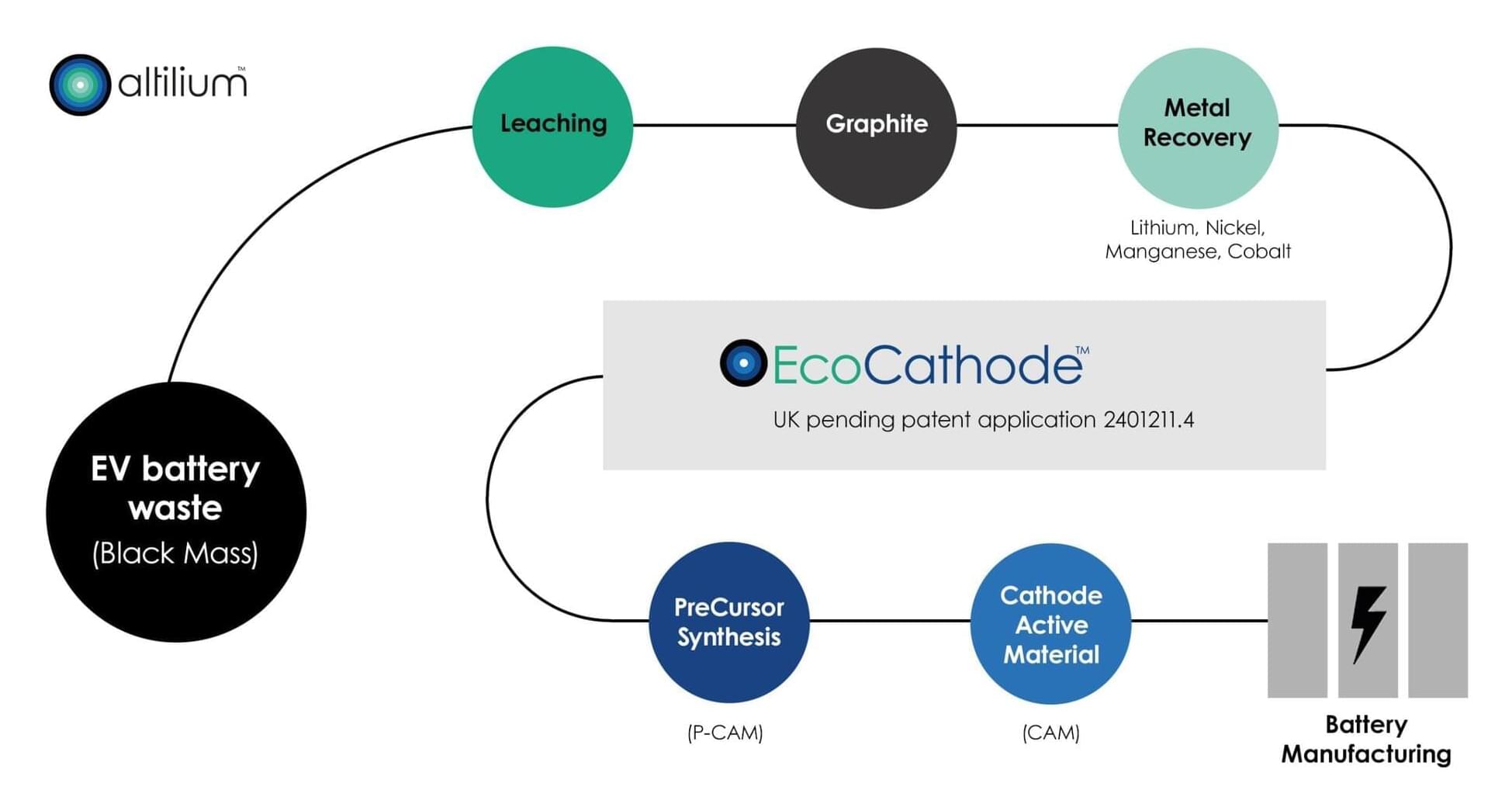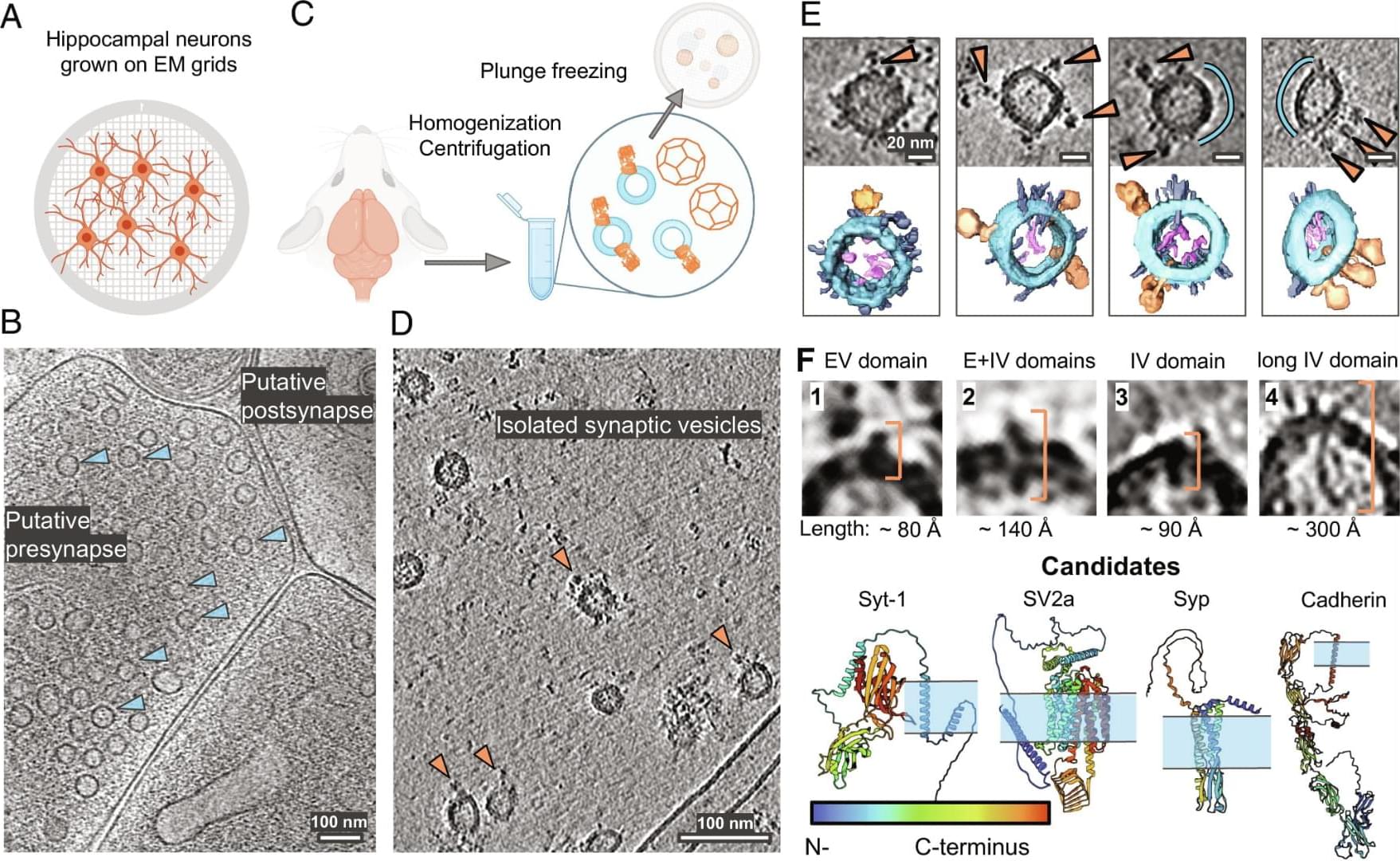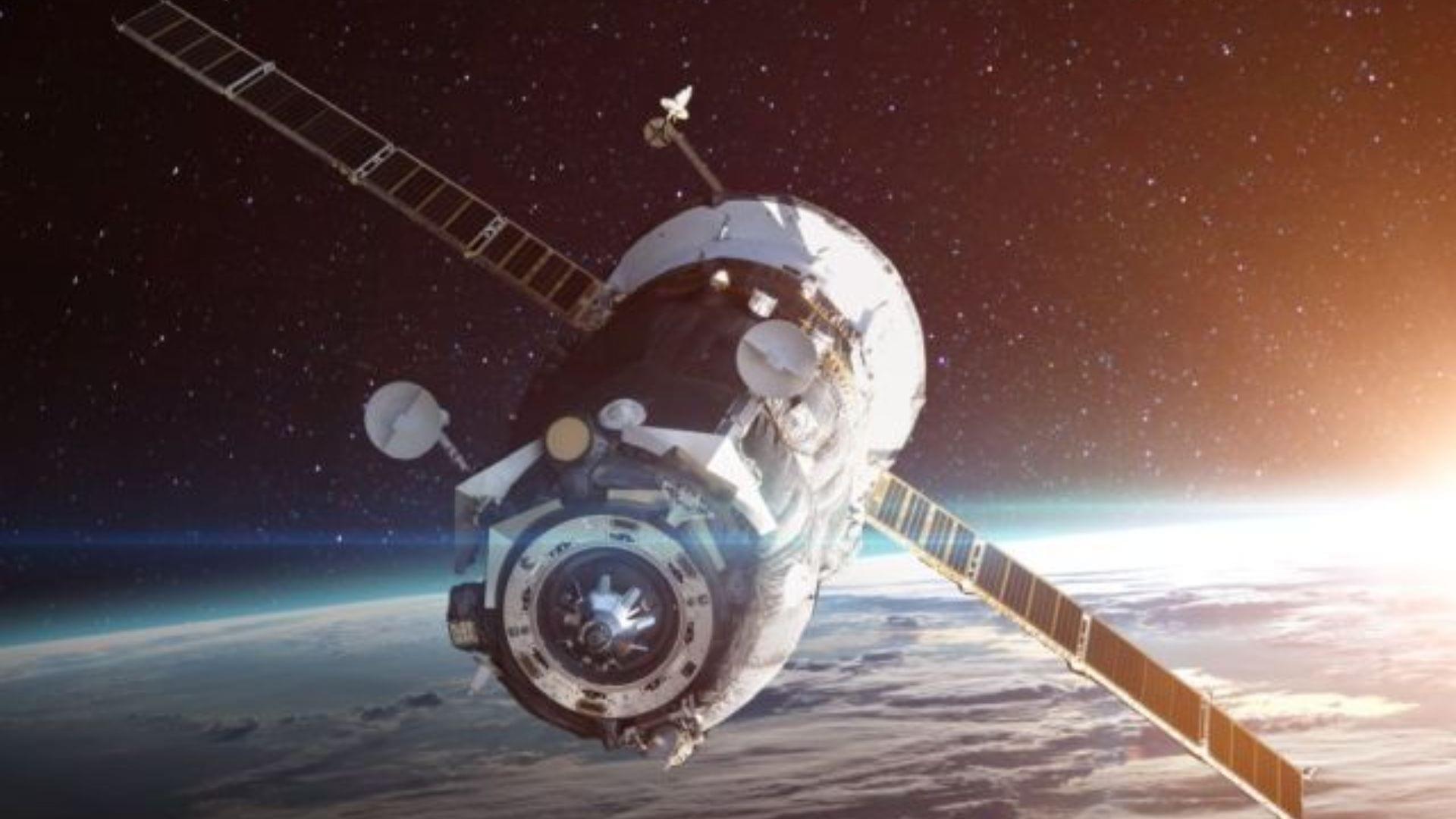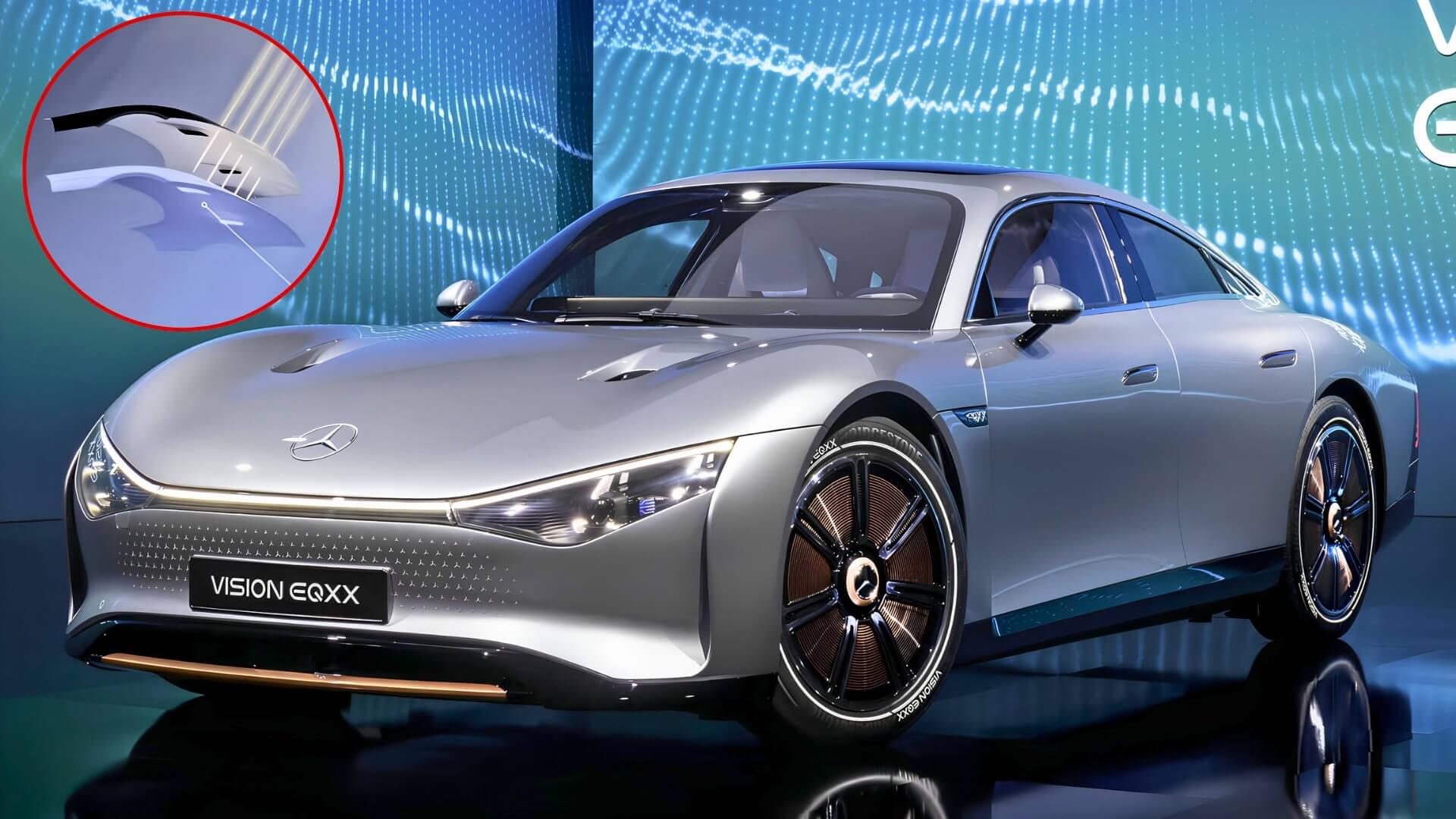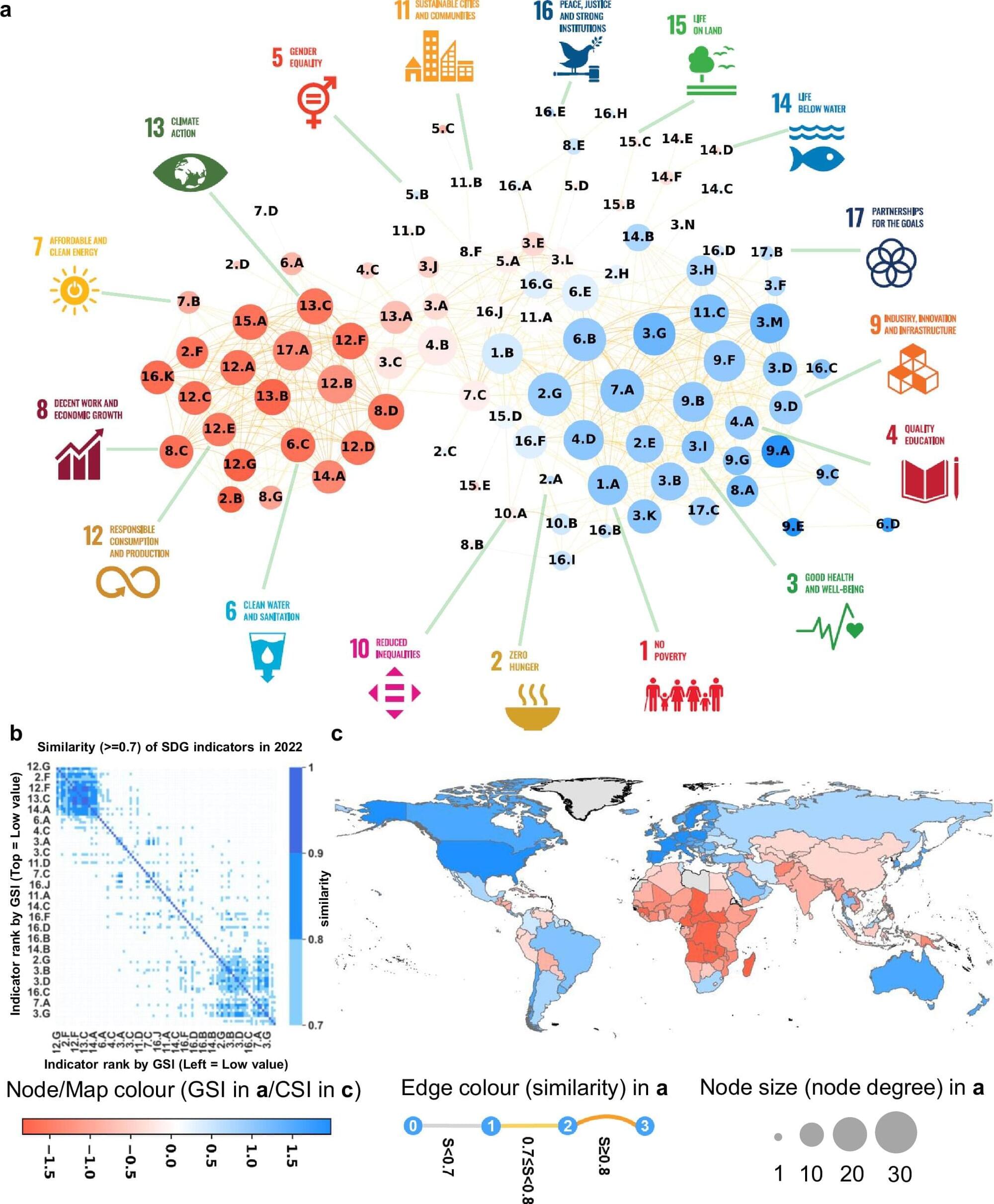Join Jay Leno in this exclusive episode of Jay Leno’s Garage as we take a first drive and an in-depth tour of the revolutionary 2026 Tesla Model Y! Packed with cutting-edge features, including matrix headlights, improved aerodynamics, and a luxurious, all-new interior, this is Tesla’s most advanced SUV yet. Learn directly from Tesla’s lead designers and engineers about the innovations that make this Model Y a game-changer.
Don’t miss this exciting ride-along packed with performance stats, unique design elements, and behind-the-scenes stories. Buckle up for a closer look at the future of electric vehicles!
Shop car care and detailing supplies from Jay Leno’s Garage: https://www.lenosgarage.com/shine.
» Subscribe: http://bit.ly/JLGSubscribe.
THE BEST OF JAY LENO’S GARAGE
» Exclusive First Looks: http://bit.ly/JLGExclusives.
» Ultra Rare Supercars: http://bit.ly/JLGSupercars.
» Jay’s Book Club: http://bit.ly/JLGBookClub.
JAY LENO’S GARAGE ON SOCIAL
